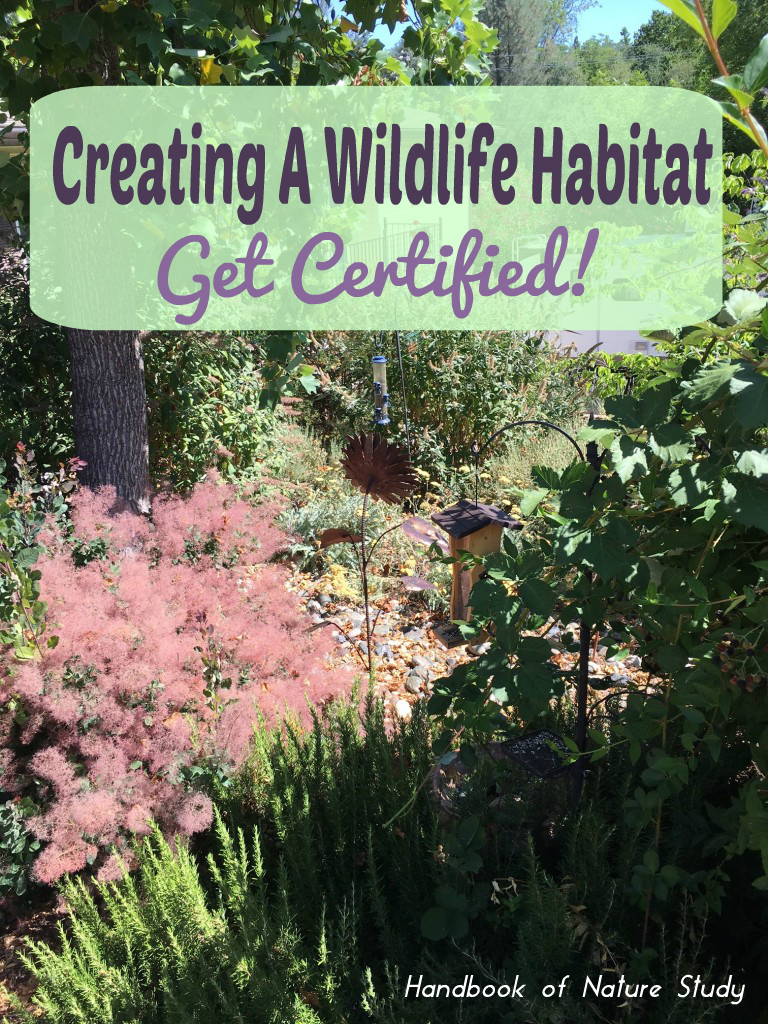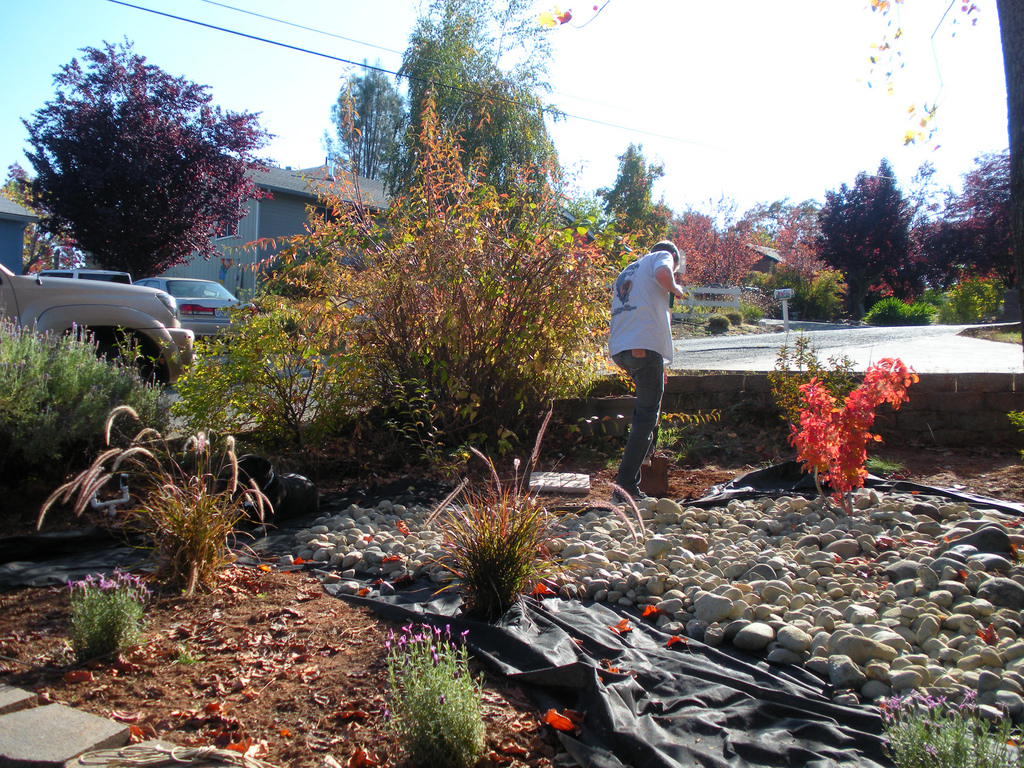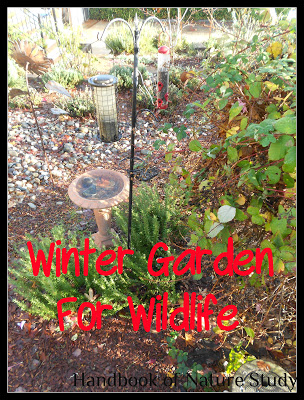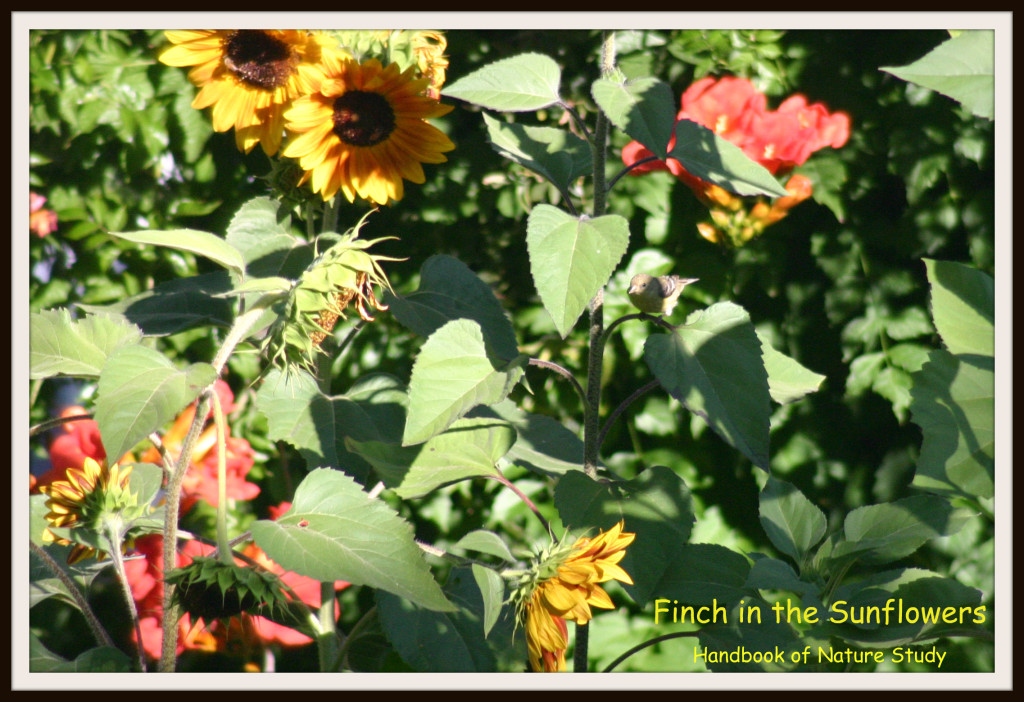This is the time of year that the rewards of creating a wildlife habitat are coming clear as the insects, birds, reptiles, and mammals visit our yard each day. There seems to be someone enjoying the space at all times. I hear buzzing and chirping during the day and see signs that someone has come to drink water and dig around in the leaves at night. I even have seen where some deer have been sleeping around on the side of our house. My husband saw a fox one evening and I heard an owl in our tree.
The yard is so alive and full of surprises each day.
I highly recommend the creating of a wildlife habitat that fits your local area’s wild residents.
The National Wildlife Federation website is a wealth of information on how to create your own habitat, step by step. Read this article about creating a wildlife habitat in your own yard. There is also a short video to watch: http://blog.nwf.org/2016/02/this-week-in-nwf-history-creating-wildlife-habitat-in-your-yard/
Once you certify your garden online, you can order a flag or sign to proudly display in your yard. I ordered the classic sign and we mounted it near our front walkway. Here are all the signs available: National Wildlife Federation Sign Shop.
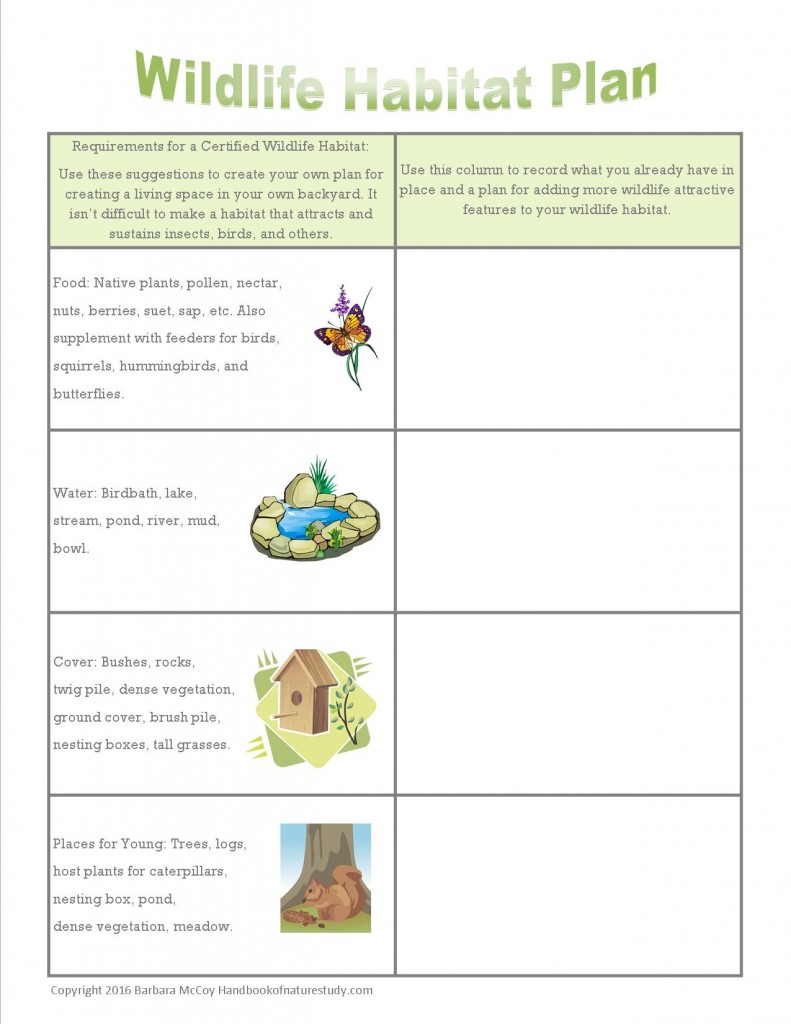
Download and print yours here: Wildlife Habitat Plan
For more information, use this link to the National Wildlife Federation: Certify!
I wrote an entry a few years ago about the making of our own wildlife habitat. This entry mostly shows our backyard and how we planted things and arranged the yard to accommodate a variety of wildlife. Read more about the specific things you need to create a living space in your own yard: Making Your Backyard a Wildlife Habitat. You may find this entry helpful: Birdwatching 101- Attracting Birds with feeders and plants.
Here is another entry that shows the transformation of our front yard into a more wildlife friendly habitat: Frontyard Remodel. We have since added a mason bee house that you can read about in this post: Mason Bee House. Here is an entry that shows our frontyard in all four seasons: From My Window.
Winter Garden For Wildlife Part 1: This is mostly about the plants you can add to your yard to make a winter habitat for wildlife.
Winter Garden for Wildlife – Part 2: This post will give you simple ideas for attracting and sheltering wildlife in the winter months.
You may wish to read this entry: Gardening For Birds. In this entry, I share how I have added specific plants to attract and nourish our backyard birds.
Now that summer is here, you may be spending more time in your yard or garden. Take a few minutes to observe any wildlife that visits! Use the printable above to make your wildlife habitat plan soon and then go over to the National Wildlife Federation website to get certified. Then, proudly display your sign and tell your neighbors about the program so they can participate too.
Have you thought about creating a wildlife habitat?

